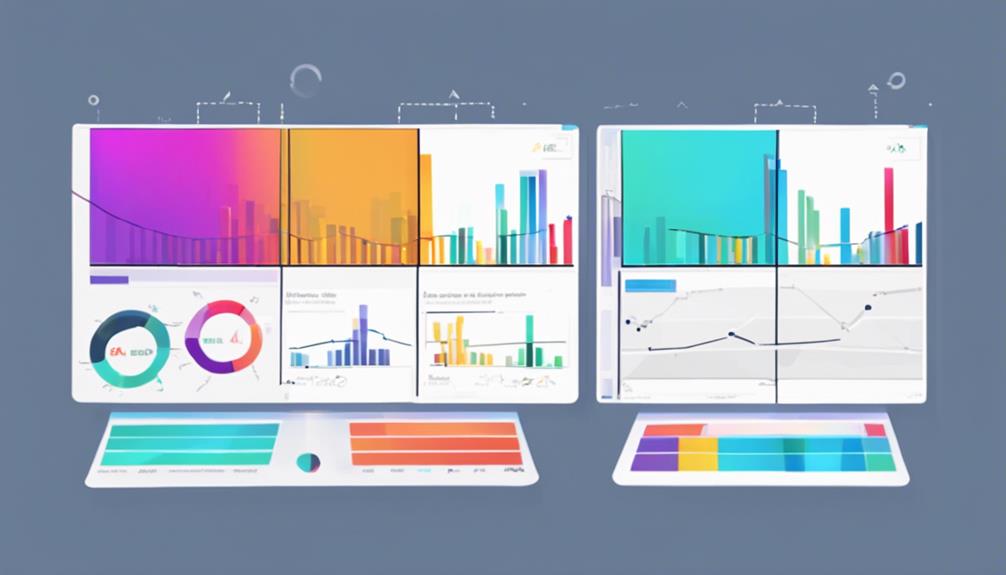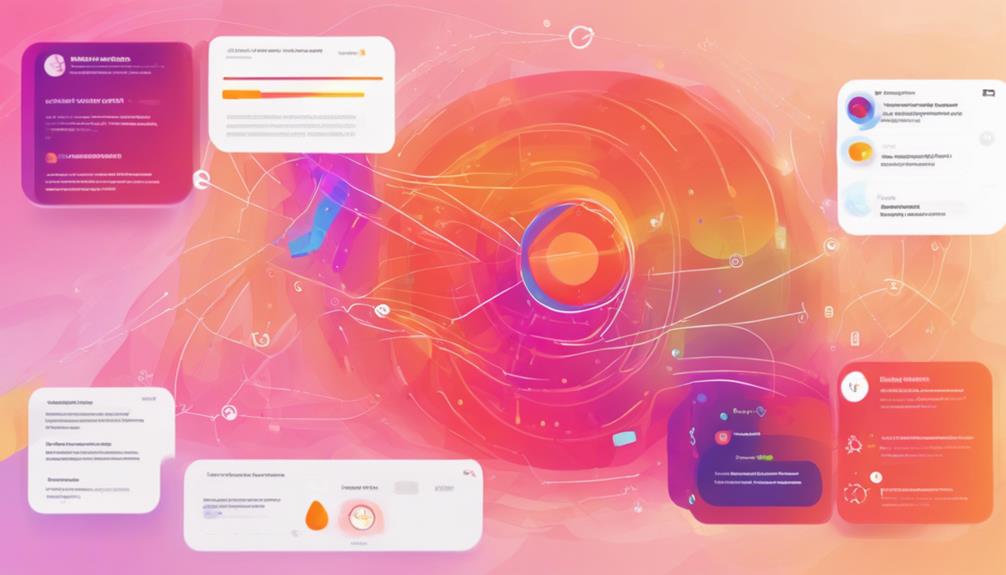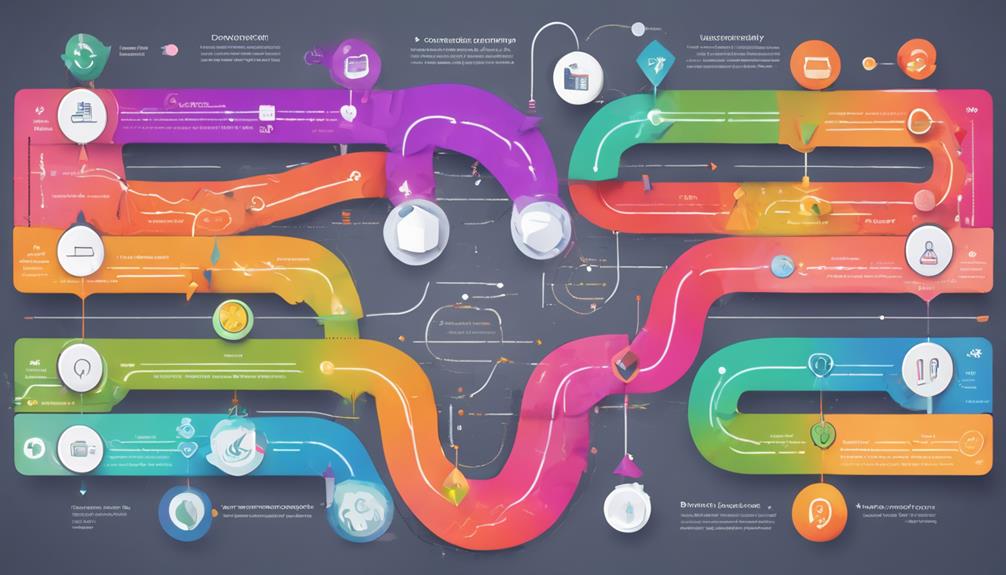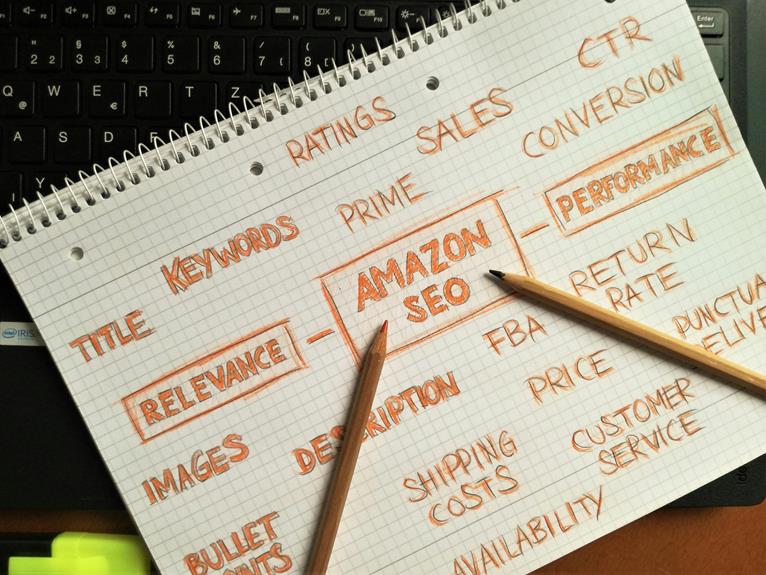When it comes to funnel conversion optimization, you need to start by pinpointing where users are dropping off. By analyzing metrics like bounce rates and user journeys, you can uncover these crucial bottlenecks. A/B testing helps you experiment with changes, ensuring your strategies are rooted in solid data. Don't overlook the power of heatmaps to visualize user interactions, allowing you to tailor the experience on both mobile and desktop platforms. But how do you know which changes will truly make a difference? Let's explore a few expert tips that can significantly enhance your conversion rates.
Identifying Key Drop-Off Points
A significant portion of your funnel's success hinges on accurately identifying key drop-off points, where potential customers lose interest or encounter obstacles. To do this effectively, you need robust data analytics tools that provide insights into user behavior across each stage of the funnel.
Begin by tracking metrics such as bounce rate, time on page, and exit rate. These indicators will help you pinpoint where users abandon the funnel, allowing you to focus on specific stages needing optimization.
Utilize heatmaps to observe how users interact with your website. Heatmaps reveal where users click, scroll, or hover, giving you a visual representation of their engagement. This data is crucial for understanding what elements capture attention and which parts cause friction.
For instance, if a significant number of users abandon their carts, analyze whether the checkout process is too lengthy or if unexpected costs deter them.
Conversion paths offer another layer of insight. By analyzing the paths users take before they drop off, you can identify common hurdles. Are users consistently leaving after a particular page? This might signal a content mismatch or a technical issue.
Additionally, use A/B testing to experiment with different versions of problematic pages. This method provides quantitative data to back your decisions and optimize the user experience.
Incorporating user feedback is invaluable. Surveys and feedback forms can uncover qualitative insights about user dissatisfaction.
Leveraging Cohort Analysis

Something powerful in the arsenal of conversion optimization is cohort analysis. You might wonder how it can elevate your funnel conversion rates. Cohort analysis lets you track groups of users over time, revealing patterns and behaviors that static data overlook. It's not just about seeing numbers; it's about understanding the story behind those numbers.
Imagine you're tracking a cohort of users who signed up in January. By analyzing their journey, you notice a significant number drop off after receiving your initial email. This insight prompts you to investigate further, perhaps revealing that the email content isn't engaging enough. By pinpointing these friction points, you can make data-driven decisions to tweak your messaging, ultimately improving retention and conversion rates.
Cohort analysis also helps you compare initiatives over time. If you launched a new onboarding process in March, you can assess its impact by comparing March cohorts to those from previous months. Did conversions increase? Are users more engaged? The answers lie in the data, guiding your next strategic move.
Moreover, this analysis aids in measuring the long-term effects of your changes. It allows you to track user behavior changes over weeks or months, ensuring that short-term gains don't overshadow sustained success. By leveraging these insights, you can refine your strategies continually.
Incorporating cohort analysis into your funnel optimization efforts isn't just an option; it's essential. It provides a clear, comprehensive view, making it easier to identify what works and what doesn't, ultimately driving your conversion rates skyward.
Implementing A/B Testing

When it comes to funnel optimization, through implementing A/B testing, you can make informed decisions that transform your conversion rates. A/B testing allows you to test two variations of a webpage or funnel stage to see which one performs better. By isolating variables, you glean insights into what truly drives user behavior and make data-backed adjustments. This process minimizes guesswork and emphasizes evidence-based strategies.
Key Elements of A/B Testing
| Element | Description |
|---|---|
| Hypothesis | Start with a clear hypothesis about what you aim to improve. |
| Variables | Choose one element to test at a time, like a headline or CTA. |
| Sample Size | Ensure you have a statistically significant sample size. |
| Duration | Run the test long enough to gather reliable data. |
| Analysis | Use metrics such as conversion rate, bounce rate, and time on page. |
A/B testing empowers you to verify assumptions and iterate on funnel elements. For instance, you might suspect that a shorter checkout form increases completion rates. By testing, you confirm whether the new form indeed drives improvements. If data shows a 15% uptick in completed transactions, that's validation for wider implementation.
To maximize results, avoid running multiple tests simultaneously as they can muddy data interpretation. Focus on one change per test, document your findings, and iterate. This methodical approach ensures each adjustment contributes to a more effective funnel.
Ultimately, A/B testing is a powerful tool in your optimization arsenal. By systematically testing and refining, you enhance user experience and drive conversions. With rigorous analysis, you'll not only improve results but also cultivate a culture of continuous improvement.
Using Heatmaps for Insights

With heatmaps, you gain a visual representation of user interactions that can uncover invaluable insights for funnel optimization. By tracking where users click, scroll, and hover, you can identify patterns and behaviors that might otherwise go unnoticed. This data-driven approach lets you pinpoint friction points or areas of interest, enabling you to make informed decisions about what changes will enhance your conversion rates.
Start by using heatmaps to analyze key pages in your funnel. For instance, if a large proportion of users are clicking on non-clickable elements, that's a clear signal to adjust your design.
Similarly, if users aren't scrolling past a certain point on your landing page, you might consider repositioning important content or calls to action higher up.
Heatmaps also reveal the effectiveness of your current CTAs. High interaction on a call-to-action button suggests it's well-placed and compelling. Conversely, a lack of engagement might indicate it's being overlooked, necessitating a redesign or repositioning.
Moreover, heatmaps can guide mobile and desktop optimization strategies. Since user interaction can differ significantly across devices, analyzing separate heatmaps allows you to tailor the user experience specifically for each platform.
Analyzing User Journeys

Building upon the insights gained from heatmaps, examining user journeys offers another layer of understanding in funnel conversion optimization. When you analyze user journeys, you're able to pinpoint exactly where users deviate from the intended path. This deviation often indicates friction points or areas of confusion that might be hindering conversions. By mapping these journeys with precision, you can identify patterns and specific steps where users consistently drop off, allowing for targeted improvements.
To start, utilize tools like Google Analytics or specialized journey-tracking software to gather data on user behavior. You're looking for key metrics such as bounce rates, time spent on each page, and paths taken through your funnel. This data will help you visualize the typical journey a user takes, from entry point to conversion or exit. Look for stages of the funnel where a significant percentage of users abandon their journey—this is where your attention should focus.
Once you've identified these critical points, delve deeper by segmenting users based on behavior, demographics, or acquisition channels. This segmentation uncovers whether certain groups struggle more than others, providing insights into targeted optimization strategies. For example, if mobile users consistently drop off at a certain step, it might indicate a need for mobile-specific improvements.
Ultimately, analyzing user journeys isn't just about finding problems—it's about understanding the user's experience and making data-driven decisions to enhance it. By acting on these insights, you're not just increasing conversion rates; you're crafting a smoother, more intuitive journey that aligns with user expectations and business objectives.
Conclusion
You've explored crucial strategies to boost funnel conversion, but are you ready to see real results? By identifying key drop-off points and leveraging cohort analysis, you gain insights that drive meaningful changes. Implementing A/B testing ensures your strategies are grounded in data, while heatmaps and user journey analysis reveal where friction occurs. Optimize navigation and tailor experiences for both mobile and desktop users. With these steps, you're set to transform your conversion rates and achieve impactful growth.


Leave a Reply